|
Sudden Loss of 1100 MW in Eastern Denmark in October 2019
No electricity consumers were affected when 1100 MW were lost on 8 October 2019. Therefore, the Danish TSO, Energinet, would not have mentioned it publicly. But the Swedish TSO, Svenska Kraftnät, did not take it that easy, and on 3 December 2019 both TSOs published a post on the event. A majority of the population supports the green transition, but not the necessary transmission facilities. Unfortunately, fluctuating production takes more transport of electricity. Information on critical situations might improve the public understanding of the increasing stress on the transmision system. Read my comment here.
|

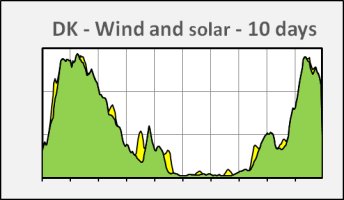



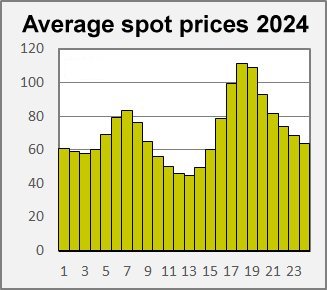
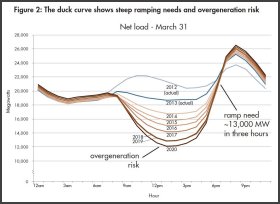
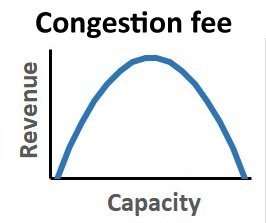
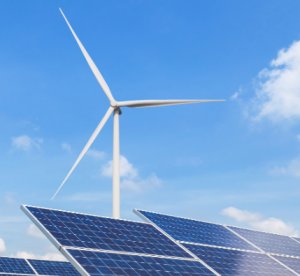
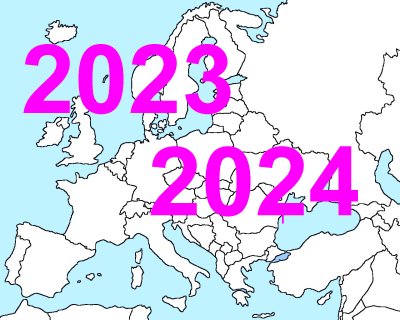
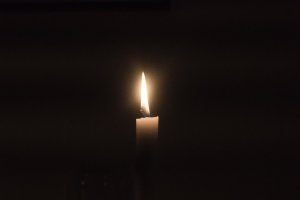
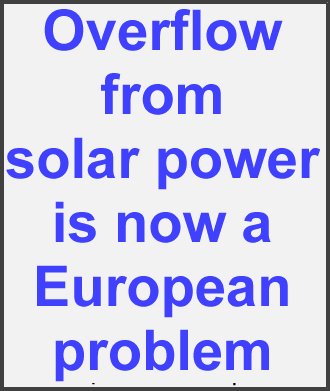


















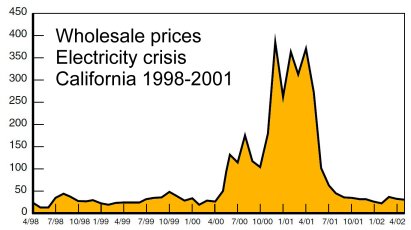



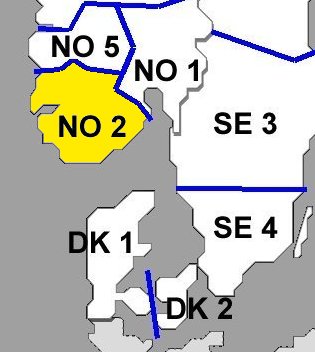



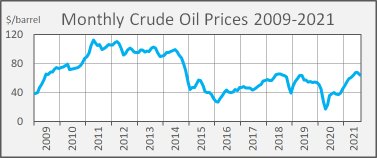











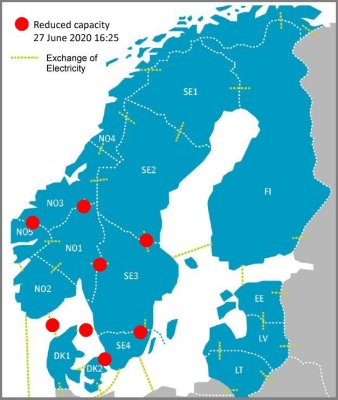

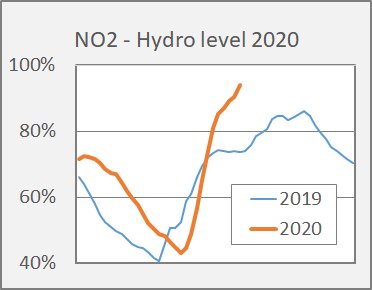










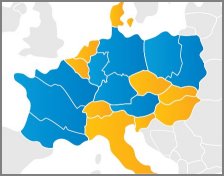

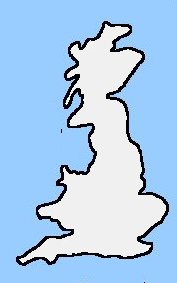


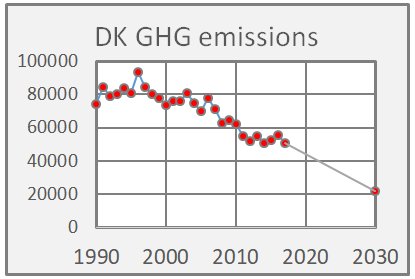












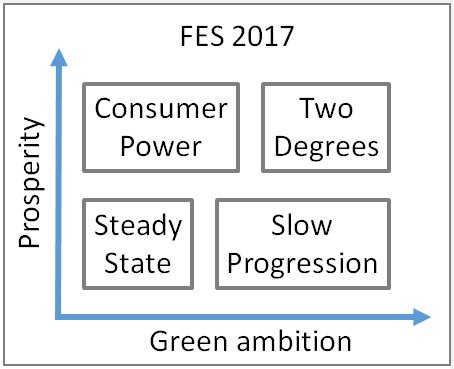






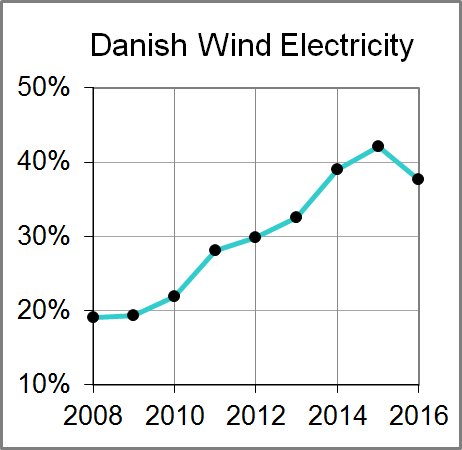






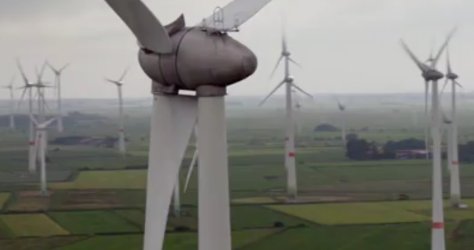











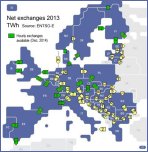



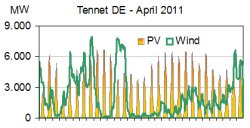 The download section is currently being extended.
The download section is currently being extended.
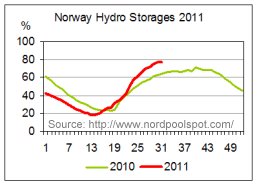 The water level in the Norwegian hydro storages is now close to be normal for this time of the year.
The water level in the Norwegian hydro storages is now close to be normal for this time of the year.
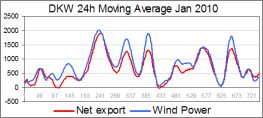 Danish wind energy is not supposed to be exported. However, it cannot be refused that wind power and export of electricity are closely related.
Danish wind energy is not supposed to be exported. However, it cannot be refused that wind power and export of electricity are closely related.
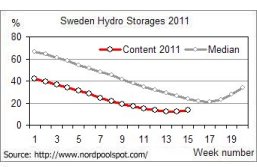 The water level is very low in the Norwegian and Swedish hydro storages this year. The cause is an increasing consumption of electricity and a low inflow of water in 2010.
The water level is very low in the Norwegian and Swedish hydro storages this year. The cause is an increasing consumption of electricity and a low inflow of water in 2010.